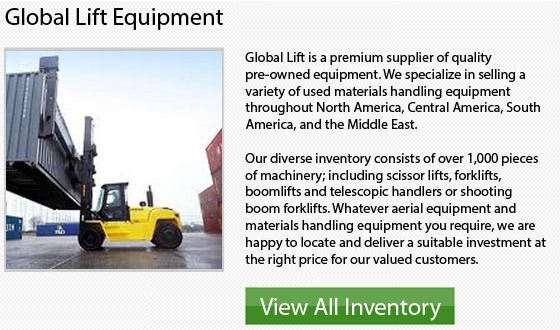
Counterbalance lift trucks are essentially lift trucks which are engineered with counterweight at the rear of the machine. The counterweight works to balance the weight which the forks are carrying at the front of the load. This design is engineered to stabilize traditional forklifts. As far as electric counterbalance forklifts are concerned, the battery itself forms the counterweight.
Nearly every lift truck manufacturer would have in their product range, a counterbalance forklift. These machinery would come in a huge range of fuel sources, configurations, and sizes. These forklifts can be designed with 3 or 4 wheels, or be outfitted. They are capable of working in various applications. These lift trucks are outfitted with a range of accessories. Common options and attachments consist of: slip sheet attachments, fork shifts, hydraulic clamps and side shifts just to name some items.
Counterbalance forklifts have changed the material handling industry. They have become the cornerstone of distribution and storage systems where they perform stacking, loading, horizontal transport functions and unloading. The average warehouse lift trucks are normally utilized for lift heights less than 6 meters or 20 feet. There have been some units recently designed that are capable of lifting to heights 31 feet or 9.5 meters. The smaller 1-1.8 ton or 4000 pound forklifts are the main workhorses inside the majority of warehouses. These are the most common models which the majority of small businesses would have. The average warehouse counterbalance forklift is really a wide-aisle truck that needs roughly 11 feet or 3 meters to turn in.
Additionally, the counterbalanced forklift is not necessarily confined to warehouse environments. They are normally utilized for heavy use and container carrying together with pretty much every application in between. Counterbalance forklifts are the most widely used and versatile of all materials handling machinery.
The counterbalanced lift truck is common in many working environments, like warehousing, production and retail. This is due to their durability and versatility. Some of the industrial use include: chemical, food, timber and automotive businesses.